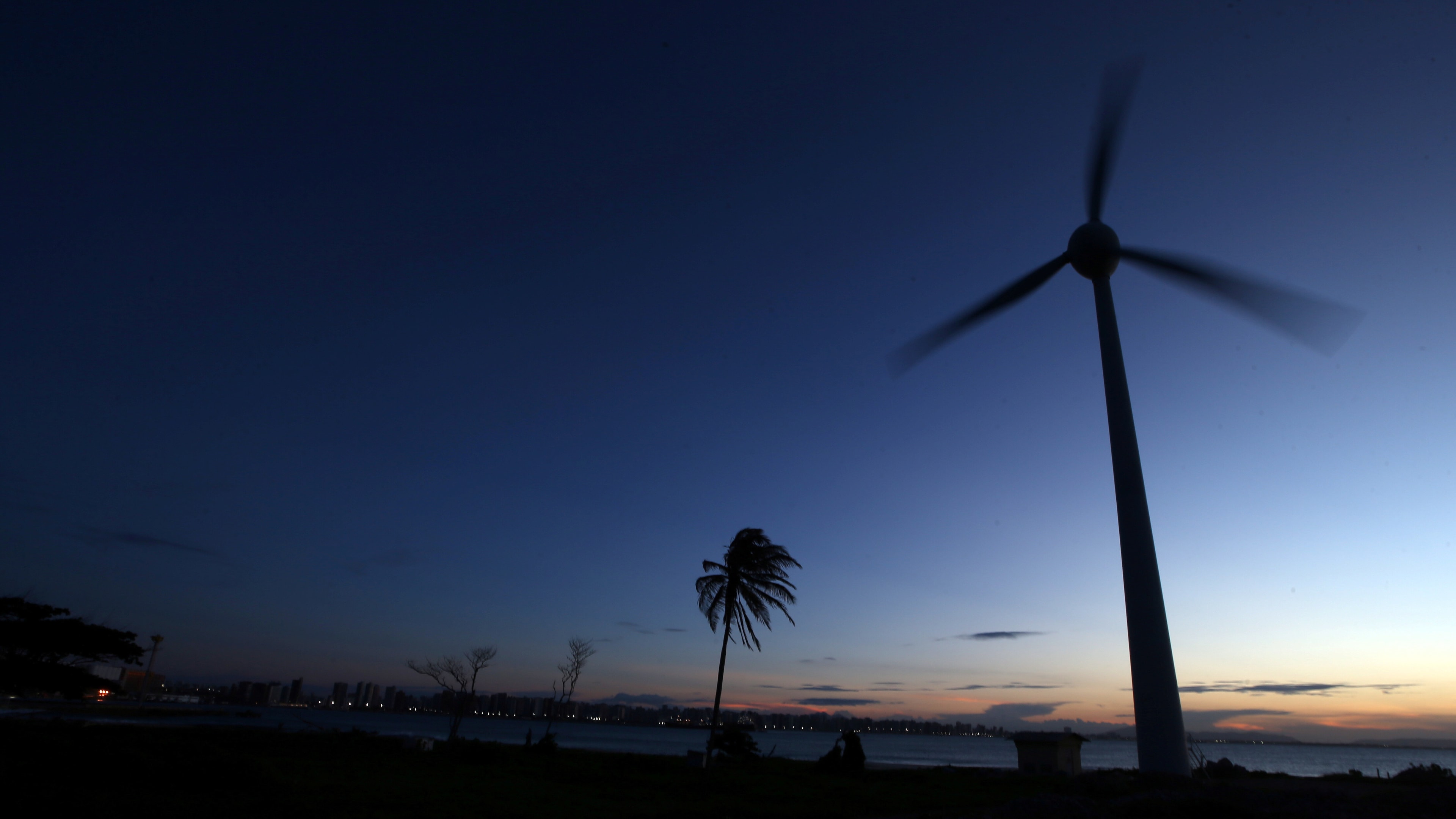Why California and Mexico need to work together on climate change

Stay up to date:
Mexico
California is known for many things: its natural beauty, Hollywood, Route 66 and the most famous bridge in the world.
It is also known for making history. When Jerry Brown was sworn in as Governor last January, he made history by starting a fourth term and proposing three ambitious climate and clean energy goals to be accomplished by 2030:
- Increase from one-third to 50% electricity derived from renewable sources
- Reduce today’s petroleum use in cars and trucks by up to 50%
- Double the efficiency of existing buildings and make heating fuels cleaner
The governor, however, did not stop there. In late April, he announced an Executive Order establishing the most ambitious greenhouse gas reduction target in North America: 40% below 1990 levels by 2030. That target will make it possible to reach the ultimate goal of reducing emissions 80% below 1990 levels by 2050.
California is already experiencing the effects of climate change; a historic drought made worse by record temperatures, a year-round fire season, and towns running out of water. Achieving statewide emissions reductions goals is critical. It will require cuts from three of the four largest polluting sectors; transportation which accounts for nearly 40; ; buildings that contribute 12%; and in-state electricity that generates 11%.
California Greenhouse Gas Emissions Inventory for 2012, by Economic Sector (Air Resources Board)
 California is hitting near-term goals and reaping economic benefits in the process. Consider: in the last 10 years, statewide emissions dropped 1.7%. Cap-and-trade proceeds are being split between the state and utility ratepayers. To date, the state has raised $1.6 billion to further efforts to curb greenhouse gases, while ratepayers have received nearly $2 billion in on-bill credits and protection from rate increases. It is expected to surpass a goal of getting 33% of electricity from renewables by 2020 given that 25% of electricity now comes from renewable energy – the goal set for 2016.
California is hitting near-term goals and reaping economic benefits in the process. Consider: in the last 10 years, statewide emissions dropped 1.7%. Cap-and-trade proceeds are being split between the state and utility ratepayers. To date, the state has raised $1.6 billion to further efforts to curb greenhouse gases, while ratepayers have received nearly $2 billion in on-bill credits and protection from rate increases. It is expected to surpass a goal of getting 33% of electricity from renewables by 2020 given that 25% of electricity now comes from renewable energy – the goal set for 2016.
Yet because the world’s seventh largest economy is responsible for 1% of total global emissions, it is looking beyond its borders to fight global warming. Governor Brown said it best while addressing the United Nations Climate Summit last September: “I believe that from the bottom up, we can make real impact and we need to join together. We’re signing MOUs with Quebec and British Columbia, with Mexico, with states in China and wherever we can find partners, because we know we have to do it all.”
Consider: Quebec and Ontario Canada now participate in California’s historic cap-and-trade market. British Columbia belongs to the Pacific Coast Action Plan on Climate and Energy. Last July, Governor Brown led a delegation of state officials (I participated as his energy expert), private-sector businesses and nongovernmental organizations on a trade mission to Mexico. Three significant energy and climate agreements came out of that trip, which call for leveraging shared resources and advancing environmental protections. They are expected to lead to economic growth, adding to the $60 billion in trade between the two economies.
In fact, the day after the governor issued the executive order to reduce emissions 40% by 2030, California and Mexico announced a Joint Action Plan that builds on the climate Memorandum of Understanding signed in July by Governor Brown and Mexico’s Ministry of Environment and Natural Resources Undersecretary Rodolfo Lacy and National Forestry Commission Director General Jorge Rescala Pérez.
These sub-national actions precede the December United Nations conference in Paris where more than 190 countries will work to strike an international climate agreement to keep global warming below 2°C. Leading up to that, Mexico also partnered with the United States on climate and clean energy issues and both countries were among the first to submit plans to the UN in advance of the Paris talks: Mexico plans to cap emissions by 2026 and reduce them by 22% by 2030.The U.S. committed to cut emissions up to 28% below 2005 levels in 2025.
Addressing one of the greatest threats facing humanity will mitigate the environmental, economic and societal costs of a changing climate including costly and disruptive record-breaking temperatures, more frequent extreme weather events, and historic droughts.
California has long been a test bed for smart environmental policies. The work needed to achieve ambitious climate goals, however, is just getting started. The more our economies come together to fight climate change, the better our chances of winning.
The World Economic Forum on Latin America 2015 takes place in Riviera Maya, Mexico, from 6-8 May.
Author: Robert B. Weisenmiller is chair of the California Energy Commission
Image: Solar panels are seen on the roofs of buildings in Fresno, California, United States May 6, 2015. REUTERS/Lucy Nicholson
Don't miss any update on this topic
Create a free account and access your personalized content collection with our latest publications and analyses.
License and Republishing
World Economic Forum articles may be republished in accordance with the Creative Commons Attribution-NonCommercial-NoDerivatives 4.0 International Public License, and in accordance with our Terms of Use.
The views expressed in this article are those of the author alone and not the World Economic Forum.
Related topics:
Forum Stories newsletter
Bringing you weekly curated insights and analysis on the global issues that matter.
More on Energy TransitionSee all
Tony Pan
August 27, 2025
Thomas Brostrøm and Sandeep Kashyap
August 26, 2025
Charles Bourgault and Sarah Moin
August 19, 2025
Jürgen Karl Zattler and Adrian Severin Schmieg
August 18, 2025
Piyush Verma
August 18, 2025
Valentin Chomel and Jacques-Alexis Verrecchia
August 14, 2025





